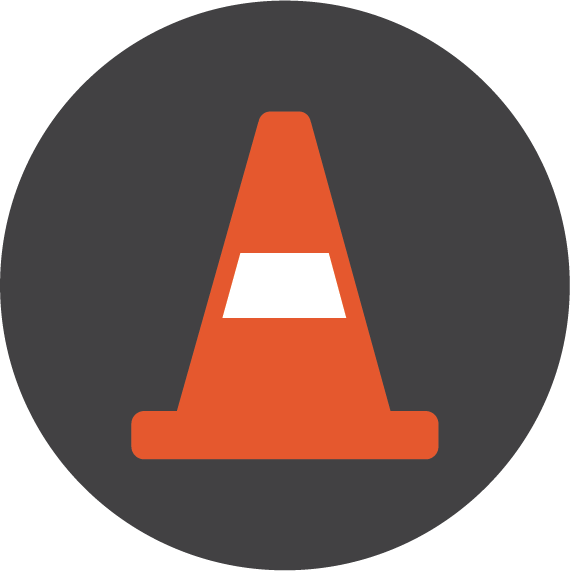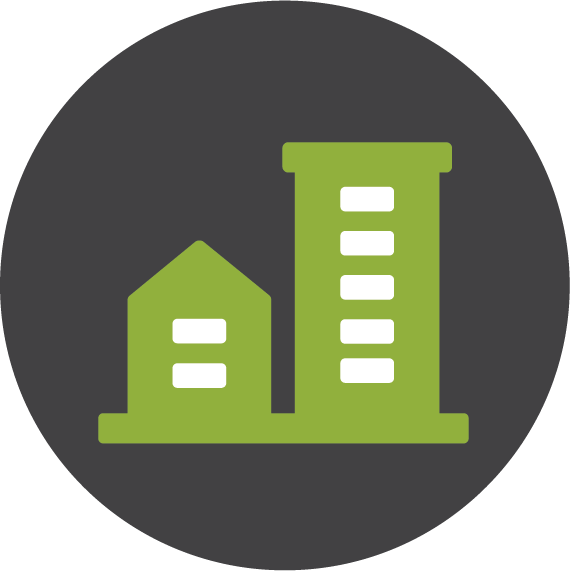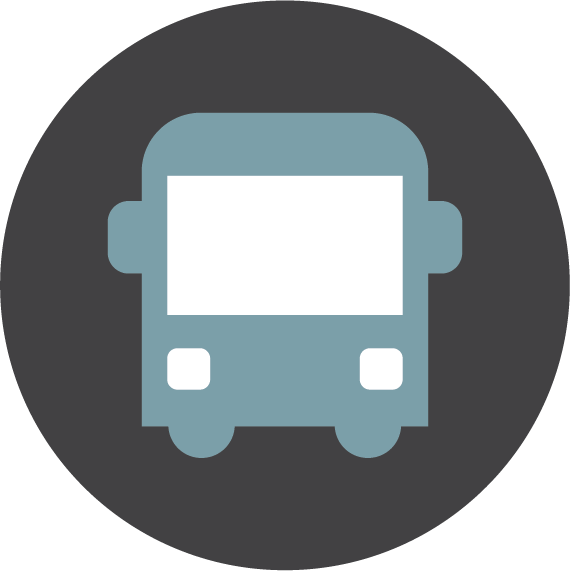Salt Lake City’s Four Critical Needs

Improved Street Conditions
To view the staff presentations on streets from the
April 17, 2018 City Council Meeting click the links below:
Need: Reconstruct and maintain the City’s aging street network.
- Double the number of lane miles maintained each year from 75 to 155 miles
- Reconstruct the worst roads and maintain the best to increase the City’s maintenance cycle and extend the life of roads.
About SLC’s Streets:
- A recent city-wide Pavement Condition Survey found that nearly two-thirds of Salt Lake City streets are in poor condition or worse.
- Approximately 20% of City roads are in such poor condition that they must be rebuilt.
- Officials estimate the City should spend $20 million a year for the next decade to completely rebuild the worst roads.
- Over the past several decades, available funding for street reconstruction has typically been less than $10 million a year.
- The City also estimates that doubling the existing maintenance budget to $5 million a year would increase the maintenance cycle and extend the life of roads.
- Improving street conditions has numerous benefits including positive impacts on economic development, improved air quality (as roads are redesigned to allow for more bike and transit) and even individual cost-savings.
- A 2015 study of Salt Lake City streets showed that poor road conditions cost motorists an additional $600 per year in extra fuel consumption, tire repair and car maintenance.
- To learn about the City’s street maintenance needs and to read the Pavement Condition Survey, click here.
Funding Gap:
- $20 million a year for new roads and infrastructure (supported by a General Obligation bond)
- $5 million a year for road maintenance (supported by a sales tax increase)

Greater Housing Opportunities
To view the staff presentation on housing from the April 17, 2018 City Council Meeting click the links below:
Need: Establish long-range funding mechanisms that can increase the supply of affordable housing.
- The Neighborhood and Development division has identified a 7,500-unit gap in affordable housing for people making $20,000 or less.
- The division recommends a budget of $5 million a year to implement strategies in the Growing Salt Lake Housing Plan including:
- Providing low-interest loans to affordable housing developers
- Assisting with down payment strategies
- Providing case manager for those looking for affordable housing solutions
About SLC’s Affordable Housing:
- The need for housing, particularly to meet the needs of those entering the job market and those earning lower incomes, isn’t slowing and vacancy rates remain historically low.
- Rents are rising faster than wages and nearly half of renters pay more than one-third of their income on housing.
- To address this situation, the Mayor and Council members see an opportunity to establish long-range funding mechanisms that can increase the supply of housing for residents at all income levels, life stages and those seeking a way out of homelessness.
- To learn more and to read the Growing Salt Lake Housing Plan, click here.
Funding Gap:
- $20 million a year, but the division is requesting $5 million a year (supported by a sales tax increase)

Better Transit Service
To view the staff presentation on transit from the April 17, 2018 City Council Meeting click the links below:
Need: Increase transit service and amenities, particularly on east-west routes.
- Increase frequency to fill the existing gaps in evening, mid-day and weekend service
- Provide service on new east-west routes
- Improve the quality of transit stops
About SLC’s Transit:
- Better transit service will increase opportunities for connecting residents with jobs and affordable housing, improve air quality and add to the quality of life for all residents and visitors.
- The City’s first-ever Transit Master Plan was approved in 2017 after several years of development and outlines how local transit service, rather than regional service provided by UTA, can better meet the needs of SLC residents.
- There is currently no funding for local transit service.
- An estimated 4 out of 5 SLC car trips are local trips rather than commuter trips.
- To increase the quality, frequency and convenience of service, SLC must contract with UTA or other transit providers to customize and augment current service levels.
- There are individual financial benefits as well. It is estimated that giving a family the ability to eliminate a car saves the family an estimated $11,000 a year.
- To learn more about transit and to read the Transit Master Plan, click here.
Funding Gap:
- $8 million a year (supported by a sales tax increase)

Increased Neighborhood Safety
To view the staff presentation on safety (Salt Lake City Police Department) from the April 17, 2018 City Council Meeting click the links below:
Need: Address resident concerns about the safety of their neighborhoods.
- Train and hire 50 new police officers to be dispatched to 23 neighborhood beats – providing a “community policing” model that residents requested.
- Provide ongoing funding for new officers and associated support services (like 911 operators, prosecutors and court personnel).
About SLC’s Public Safety:
- City leadership approved hiring 50 new police officers in late 2017 in recognition of residents’ concerns about the safety of their neighborhoods.
- Once trained and hired, new officers will be dispatched to 23 neighborhood beats.
- Additional police presence will also assist in serving growing daytime and evening populations and contribute to the multi-jurisdictional Operation Rio Grande project.
- The hiring of additional officers requires the support of 13 civilian positions, prosecutors, 911 operators, court personnel, and more.
Funding Gap:
- $12 million a year (supported by a sales tax increase)



